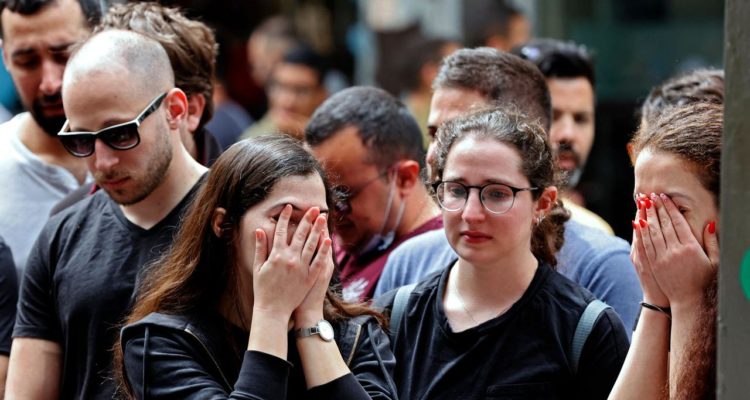Four terror attacks in the space of just over two weeks, with a total of 13 deaths have brought the fraught atmosphere of the Second Intifada days back to the streets of Israel’s cities. The tension is palpable. There is an increased presence of armed police and border guards on the main thoroughfares of the cities. One notices also, in Jerusalem at least, a significantly higher number of armed civilians.
Israel does not have a Second Amendment-style “right to bear arms”. The cultural assumption here is that the possession of arms is properly limited to those engaged in tasks related to national defence. The number of people seeking to belong to this group, however, has skyrocketed since the outbreak of the latest round of violence. It is a reflection of the public mood. At the end of March, the Public Security Ministry, which handles applications for private firearms licences, received 1500 applications in a single day. The average number of daily applications prior to the current round of violence was 60.
Deja vu?
No one thinks that the fourth attack, in Tel Aviv, will be the last. The waiting, the familiar maintenance of routine and normality in the face of the situation, the management of daily life in a changed public space, all are familiar. Israeli society has its own practices and responses, honed during the years 2000-04, when urban areas were the target of a sustained, though eventually defeated, terror campaign.
Read the article by Jonathan Spyer in The Australian.

